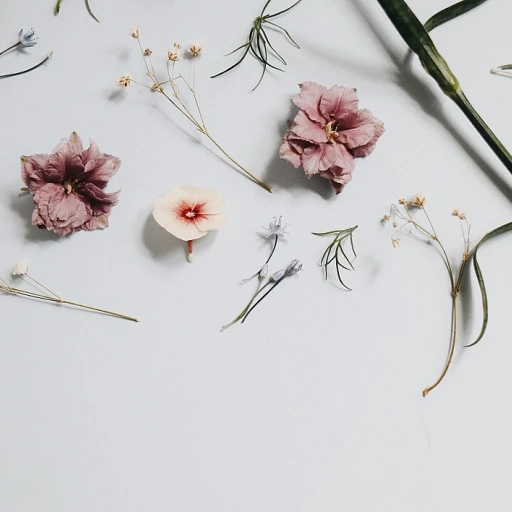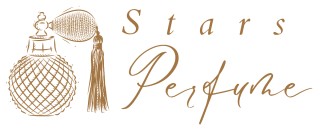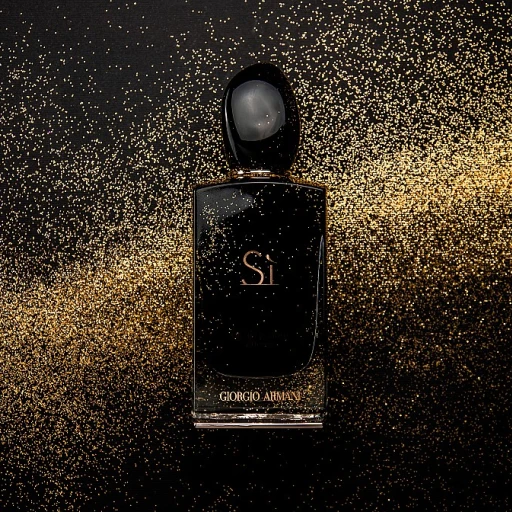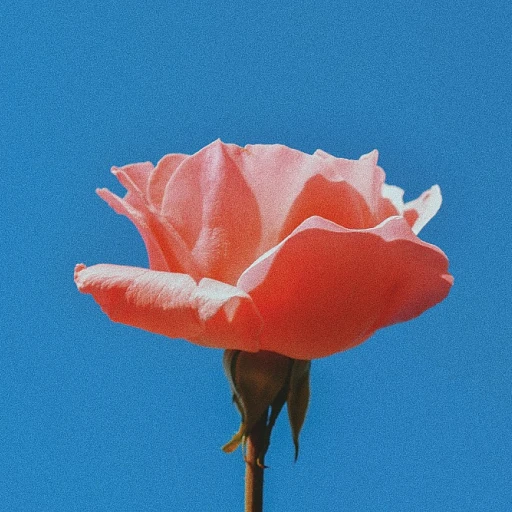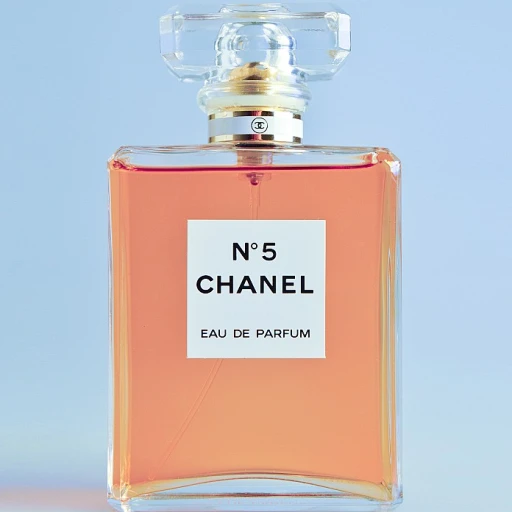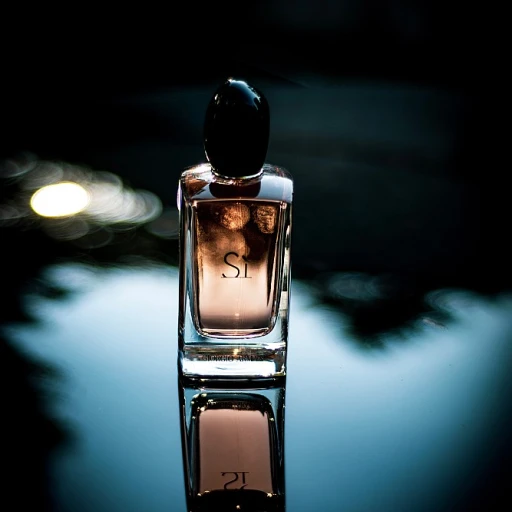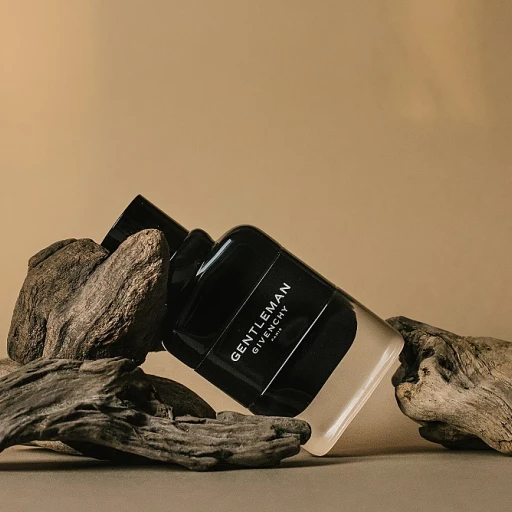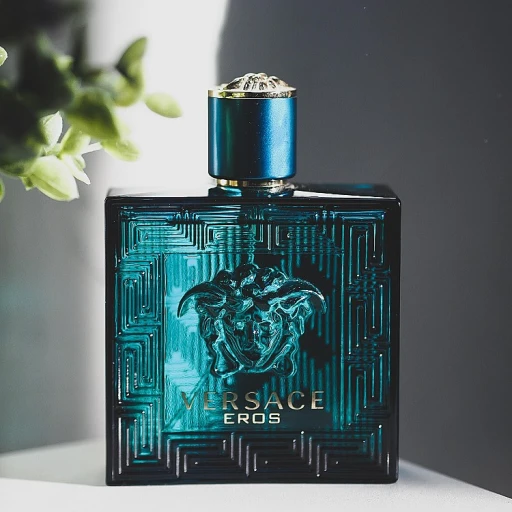The Evolution of Fragrance Oil Bottles
The Historical Journey of Container Craft
Fragrance oil bottles have long captured the imagination and dedication of perfumers and collectors alike. Originally, these containers were predominantly crafted out of glass, a material revered for its ability to preserve the integrity of volatile oils. The earliest iterations emerged in ancient civilizations, where they served not only a practical purpose but were also a reflection of the artisan's craft.
As we traverse through time, the design and manufacturing of these vessels evolved significantly. With advancements in technology, materials such as plastic and amber glass were introduced, allowing for greater diversity in bottle design. Today, we see an eclectic mix of containers ranging from the iconic cobalt blue glass bottles to the practical clear and round glass bottles—each bringing its own charm to the olfactory experience.
Modern demand has further driven the evolution toward wholesale production, ensuring both luxury and affordability are achieved in every bottle. An industry once dominated by handmade exclusive pieces has now expanded to accommodate varying bottles essential for different consumer needs. Fragrance oils, essential oils, and perfume oils now come enclosed in vessels that respect both tradition and innovation.
Design and Aesthetics
Visual Appeal and Design Elements
Fragrance oil bottles have transformed beyond merely being containers; they are now artistic expressions that captivate the senses and elevate the experience of fragrance. Their design and aesthetics play a crucial role in their allure, drawing enthusiasts and collectors alike.
The diverse materials used—ranging from cobalt blue glass, clear glass, and amber glass to the more economical plastic bottles—each bring a distinct visual character. Glass bottles, especially cobalt and amber, are preferred for their ability to protect the oils from light while offering a rich visual texture. Clear glass bottle designs allow the shimmer of the fragrant liquid within to be a part of the display, adding an intrinsic charm.
Design isn't merely about material; the form is equally vital. The classic round glass shape, often seen in Boston round bottles, provides a timeless elegance that appeals to both traditionalists and modernists. Meanwhile, dropper bottles add a functional design element, marrying aesthetics with enhanced usability.
Caps and bottle caps are also a significant design factor. They provide a polished finish to the fragrance oil bottle, coming in various designs—from sleek, minimalist tops to more ornate ones, often used to add an exclusive touch to perfume oil.
Moreover, the spacious necks of some bottles cater to the ease of use for both essential oils and larger fragrance oils. For wholesale buyers or those concerned about price, function often meets form with plastic bottle options, which still manage to offer an appealing aesthetic while ensuring budget-friendly choices.
In exploring these design elements, the intrigue around fragrance oil bottles elevates as each aspect—be it the glass, the cap, or the size—adds a unique layer to the overall experience for the fragrance aficionado. For further exploration into how design plays a pivotal role, much like in body butter containers, consider this
fragrant journey.
Functionality and Preservation
Practicality Meets Elegance in Fragrance Oil Containers
Fragrance oil bottles play a crucial role that goes beyond just looking pretty on the shelf. In the world of scents, these bottles are meticulously designed with both functionality and preservation in mind. The purpose is twofold: to maintain the integrity of the precious oils and to ensure ease of use for the consumer.
First up, the sealing mechanism of a fragrance oil bottle is imperative to its success. Bottle caps and dropper tops need to form a tight seal to prevent exposure to air, which can degrade the fragrance potency. This sealing also ensures that no oil is lost through evaporation, offering consumers a long-lasting product.
The material of the bottle is another critical factor. Glass bottles, especially those in cobalt blue or amber glass, are popular because they protect the oil from light, an enemy of fragrance preservation. While clear glass bottles might appear visually attractive, they usually come with an additional light-blocking coating when used for oils that can be compromised by light. These glass options offer an elegant presentation fused with the protective features that are necessary for maintaining oil quality.
Meanwhile, plastic bottles are often utilized for their lightweight and shatterproof nature, making them cost-effective and practical, particularly for bottles wholesale. But when preservation is a priority, at times they take a backseat to their glass counterparts, especially in the luxury perfume oil market.
The size and shape of the bottle also have roles to play in functionality. Many fragrances come in boston round bottles, preferred for their ergonomic design, making them easy to handle and pour. Sizes vary greatly, from tiny 5 ml samplers to larger 100 ml containers, ensuring there's an option to suit every need and price point.
Ultimately, the dedication to balancing beauty with utility is what makes these objects so fascinating in the fragrance industry as they sustain the oils’ quality while engaging with aesthetic and practical considerations. So, the next time you reach for a bottle, remember: it's not just about containing a scent but preserving a fragrant journey.
Sustainability in Fragrance Packaging
Eco-Friendly Innovations in Fragrance Bottling
In today's environmentally conscious world, the sustainability of fragrance packaging has become a significant consideration. As consumers and manufacturers alike seek more eco-friendly solutions, the evolution of fragrance oil bottles reflects this shift towards sustainability.
Many brands have transitioned away from traditional plastic bottles in favor of eco-friendly materials like glass, which not only offer a more premium feel but also reduce environmental impact. Glass bottles, whether clear, cobalt blue, or amber, are highly favored for their recyclability and ability to preserve the qualities of the oils they contain. In particular, amber glass provides additional protection from light exposure, maintaining the integrity of the essential oils.
Moreover, the development of bottle caps has seen improvements in sustainable design. From recyclable plastic caps to reusable droppers, these elements ensure that every aspect of the bottle supports environmental responsibility. Boston round and round glass bottles are increasingly designed to accommodate such innovative closures, enhancing both functionality and eco-friendliness.
In terms of wholesale offerings, many suppliers are now providing options that focus on sustainable practices by offering bulk supplies that minimize packaging waste. The trend extends beyond individual sales to encompass larger fragrance brands that opt for sustainable approaches in their product lines.
Ultimately, the pursuit of sustainability in fragrance oil bottles is not just about using recyclable materials but also about instilling a broader sense of environmental stewardship in the fragrance industry. This evolution mirrors the way fragrance bottles have become not only a means of functionality and aesthetics but also a statement of environmental consciousness.
The Role of Fragrance Oil Bottles in Branding
The Visual and Marketing Power of Fragrance Oil Bottles
The appearance of fragrance oil bottles holds significant weight in the realm of branding. In the highly competitive fragrance market, these vessels are not only containers but visual storytellers that communicate a brand's ethos and aspirations. The elegance of a glass bottle or the sleekness of a plastic option plays a role in attracting consumers. Essential oils stored in cobalt blue or amber glass are not only preserved effectively; they evoke luxury and sophistication, essential elements for many brands aiming to convey high-end appeal.
Fragrance oils require packaging that can convey opulence just as much as it provides preservation. The transition from clear glass or plastic bottles to more distinctive designs can make all the difference in consumer perception. The choice of materials—be it durable plastic bottles for large counts or intricate blue glass designs for limited editions—reflects a brand's positioning and can command a wider audience or a select demographic.
Furthermore, the functionality of bottle caps and droppers contributes to both practical use and aesthetic appeal. A finely crafted cap or a precise dropper enhances the user experience, adding a layer of convenience that can bolster brand loyalty. Wholesale options offer brands flexibility in choosing price points while maintaining the visual allure through thoughtful designs, like Boston round bottles that blend tradition with modernity.
Design diversity, from oil bottles featuring amber glass hues to classic round glass shapes, allows brands to cater to various consumer tastes. Whether opting for a minimalist clear glass approach or an ornate oil bottle, brands have the opportunity to tailor their fragrance collections to distinct audiences, increasing brand recognition in the process. Ultimately, the right fragrance oil bottle serves as a silent ambassador, encapsulating the essence of the oils within and the identity of the brand it represents.
Collecting Fragrance Oil Bottles
The Allure of Collecting Fragrance Oil Bottles
The world of fragrance is undeniably vast, with a multitude of facets for enthusiasts to explore. Among these, one intriguing pursuit is the collection of fragrance oil bottles. This endeavor not only showcases the evolution of bottle design and aesthetics but also highlights a passion for the artistry encapsulated in these delicate vessels.
Collecting fragrance oil bottles offers a tangible way to appreciate the variety found within the perfume industry. For collectors, the appeal often lies in the diversity of shapes, sizes, and colors available. From the classic cobalt blue and amber glass bottles to the sleek, modern clear glass, each type presents a different aspect of the perfume world. Whether you prefer the traditional boston round or more contemporary designs, there's no shortage of options.
The materials used in making these bottles also add to their collectible value. Glass bottles are often preferred for their quality and ability to preserve the fragrance oils better than plastic bottles. This is crucial in maintaining the integrity of the essential oils over time. However, plastic bottle options are sometimes favored for their practicality and lower price point, making them accessible to new collectors.
Caps and bottle closures are another key element for collectors. From simple screw-on cap designs to decorative droppers, each choice affects usability and preservation, illustrating the functionality highlighted in fragrance packaging.
For those who enjoy fragrance oils as a hobby, collecting oil bottles can be a way to indulge in an aspect of fragrance that goes beyond scent. It's an opportunity to appreciate the work and thought that goes into the creation of these bottles, combining both functionality and aesthetics.
Collecting fragrance oil bottles can also be a way of commemorating different brands and their creative journey. Many brands craft unique bottle designs as part of their branding strategy, emphasizing their identity in a crowded market. As such, a collection can serve as a living archive of the brand’s evolution and impact within the industry.
Lastly, there’s an undeniable joy in sourcing bottles—from limited edition releases to vintage finds—that can transform this hobby into a lifelong passion. Whether purchased through specialty retailers, found during wholesale hunts, or traded within collector communities, each bottle holds its own story and adds to the charm of the collecting experience.
